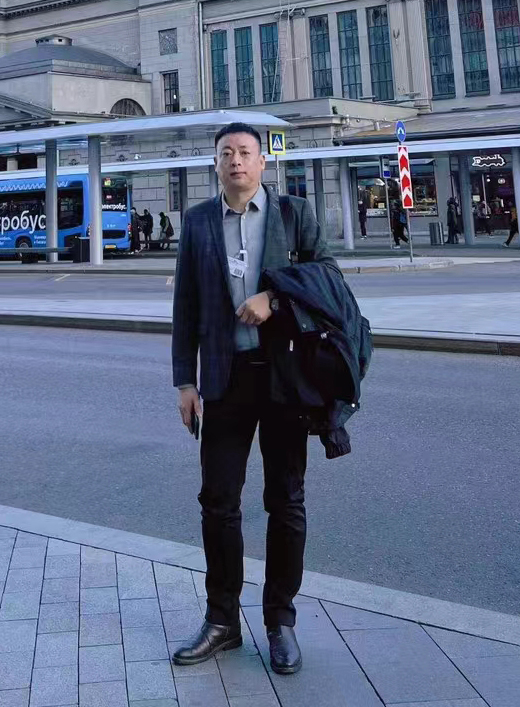History of Plastic Water Bottles: How Did They Become So Ubiquitous?
History of Plastic Water Bottles: How Did They Become So Ubiquitous?
Although plastic bottles are ubiquitous and the most commonly used container for liquids, they are a relatively recent invention. The first synthetic plastic wasn’t manufactured until the early 20th century, and only after World War 2 did PET plastic bottles start production.
How did plastic manage to displace glass in less than a half-century? What’s the story behind PET bottles? Do plastic bottles have a future? In this article, we’ll delve into the fascinating history of water bottles.
How Were the First Plastic Bottles Designed?
Although plastic was produced in one way or another since 1862, the numerous practical uses of plastic today wouldn’t have been possible without a little-known Belgian chemist. Leo Baekeland invented a substance called Bakelite in 1907. It was the first synthetic plastic that could be molded into various shapes after heating. The versatility and moldability of the substance made plastic a key component of many industries. However, due to the limitations and coarseness of the process, functional water bottles couldn’t be made out of plastic.
In the 1940s, a new type of plastic called polyethylene terephthalate (PET) was developed, which had many of the properties that were desired in a bottle material. PET is a type of polyester that is formed by combining two monomers, ethylene glycol, and terephthalic acid. It is lightweight, strong, and can be molded into different shapes. It is also waterproof and resistant to chemicals, making it suitable for use as a container for liquids.
In the 70s, Nathaniel Wyeth successfully invented a scalable way to mold PET into bottles, which revolutionized the beverage industry, as they were cheaper and more durable, and they could be produced in a wide range of shapes and sizes. Although the manufacturing processes have changed a lot, PET remains the most commonly used plastic for water bottles.
Today, PET is far from the only plastic used to create water containers. Polycarbonate and High-density polyethylene (HDPE) are two other highly popular types of plastic that see regular use.
Why Did Plastic Bottles Take Over and Replaced Glass Bottles?
Plastic replacing glass as the primary beverage container wasn’t a historical fluke. Plastic offered a number of important advantages that gave companies that used it for packaging a huge competitive advantage, which forced industry-wide adoption in a few short years. Below are just some of the advantages plastic had over glass at that time.
Lower production costs: Plastic bottles are cheaper to produce. They require less energy and resources to manufacture and transport, making them more cost-effective in a number of important ways.
Lightweight and shatter-resistant: Plastic bottles are lightweight and shatter-resistant, which makes them a safer and more convenient option for transportation and storage. Although there are shatter-resistant glasses, they’re far more expensive than plastic and aren’t cost-effective for use as beverage containers.
Improved manufacturing technology: plastic is more flexible and moldable than glass. This helps brands manufacture fit-for-purpose and unique containers that not only make the process more efficient but also help products stand out.
Environmental concerns: While this might have changed in recent years, plastic bottles were initially touted as a more environmentally friendly option, as they were lighter and required less energy to produce and transport.
Helpline and Support
008613757660057





